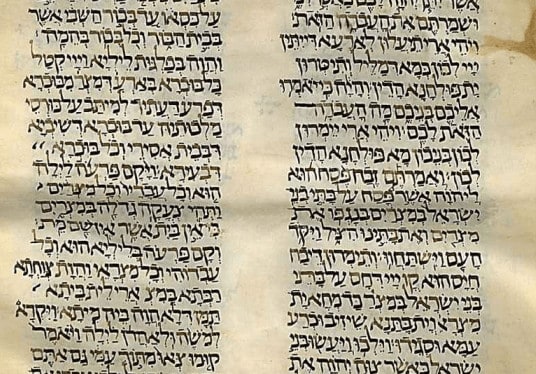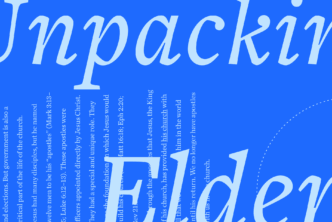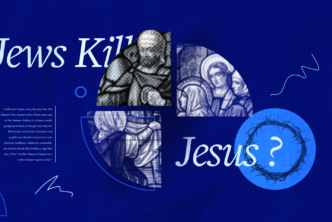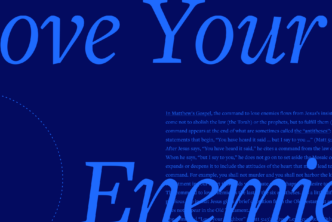The Aramaic Bible is coming to Logos. This is a series I’ve been looking forward to for quite some time, so the sales team asked me to answer some basic questions, like “What’s a Targum and why should I care?” and “What’s so special about this particular edition?”
What are the Targums?
The Targums are early translations of the Hebrew Bible into Aramaic. They cover the entire Hebrew Bible except Ezra–Nehemiah (probably originally one book) and Daniel, portions of which are already in Aramaic; some of the books of the Bible have several different Targums. Some follow the Hebrew text very closely, while others contain significant additions and explanations. They’re useful for textual criticism or for resolving difficult passages in the Hebrew Bible (particularly those Targums that are older or stay closer to the source material), as well as for learning the diverse ways that the ancient Jews understood their Scriptures. Quite often, when I read someone commenting on places where a New Testament author “must” have been using the Septuagint (the Greek translation of the Hebrew Scriptures), looking at the Targums will demonstrate that the tradition being followed may have been alive and well in synagogues without the need to reference the Greek text at all. The Targums also demonstrate the diversity of ancient Judaism, sometimes disagreeing with each other, sometimes differing in interpretation from material found in the Mishnah or the Talmuds. Some of the Targums, particularly Onqelos on the Torah and Jonathan on the Prophets, are still used extensively in Orthodox Judaism today.
Why is this edition significant?
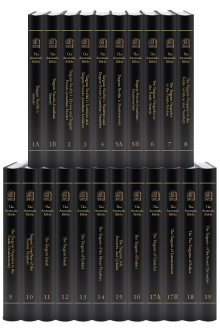
- The translations use italics and other formatting conventions to make it very clear which portions of the Targums follow the Hebrew text closely and where there are differences.
- The exception to this is Targum Canticles (Song of Songs), which is very different from the Hebrew text but clearly expands upon it. The Aramaic Bible includes not only a fresh translation of the Targum, but also a fresh, very literal translation of Song of Songs to help appreciate what exactly Targum Canticles is commenting on.
- The critical apparatus is friendly and useful. All manuscript variations are rendered in English, but transliterations of the Aramaic are also given where needed—for example, to appreciate how subtle the differences between the Aramaic texts might be, even if the English versions read quite differently. The critical apparatus will also include explanatory notes to help the reader understand the significance of certain variants.
- Customers familiar with the CAL Targums we offer in Aramaic will perhaps recall all the fragmentary Targums distributed with that set. While there are no whole volumes dedicated to the Palestinian Fragment Targums or the Cairo Genizah Targum Fragments, the readings from these scraps are covered well in the apparatus to Targum Neofiti, and there are charts that indicate which fragments contain what verses to make it easy to find information about the fragment Targums.
- Note: a few volumes don’t have their own critical apparatus. Pseudo-Jonathan, for example, is drawn from one manuscript, and the English version was meant to be read side by side with Targum Neofiti and its extensive apparatus.
- Every volume has fairly extensive notes. In general, the notes are more dense where the text differs the most from the Hebrew. The “Translation” section of the eight short chapters of Song of Songs runs 130 pages, for example, with most of each page given over to notes in rather small type. The notes help one understand the translation and interpretation methods being used and contain references to other ancient Jewish (and sometimes Christian) writings.
- There are indexes in the back of each volume to all the Rabbinic literature (like the Mishnah and the Talmuds), Christian literature (including the New Testament and the Apostolic Fathers), other early Jewish writings (like Josephus and the Dead Sea Scrolls), and so on cited in the notes.
- Each Targum comes with an introduction, many of which are very detailed. Every intro covers standard topics like date and provenance of composition, notes on the language and authorship, etc. But many of the Targums also have detailed summaries of the translation techniques used, the relationship of the Targums to each other (like the two Esther Targums or Neofiti and Onqelos on the Pentateuch), the relation of the Targums to other Rabbinic writings, the halakha (laws), midrash (interpretation) and haggadah (legends), the relationship of the Targums to the New Testament (in the Isaiah volume in particular), and the treatment of names of people and places in translation, as well as the treatment of the Name of God and so on.
In short, the Aramaic Bible Series is so much more than just English translations of the Targums. The introductions, apparatuses, and notes help the reader understand the contribution of the Targums to biblical studies, theology, and the history of biblical interpretation. This series is a perfect example of how to present early Bible versions in a way that remains accessible to anyone interested in the topic, regardless of their level of training, while being detailed enough for the scholar.
Get the Aramaic Bible Series now.

